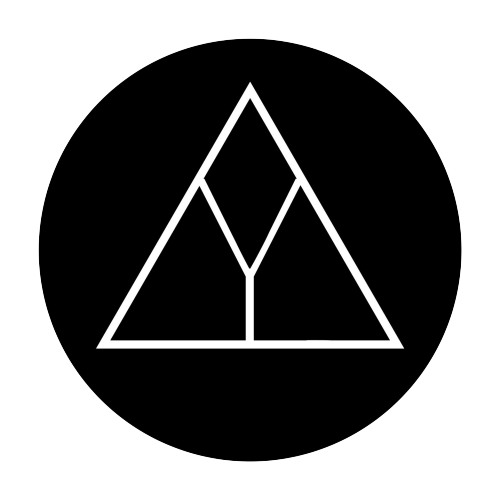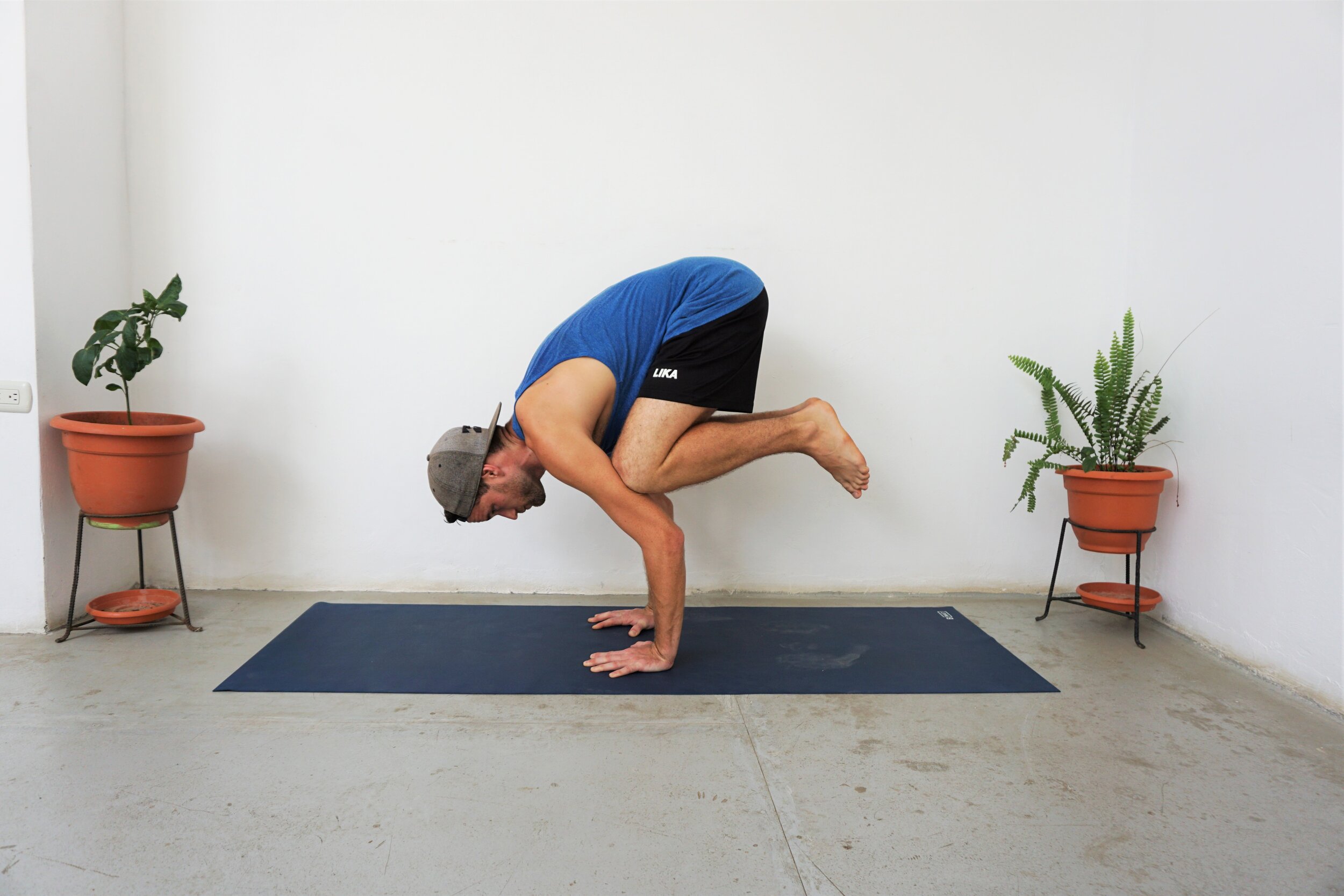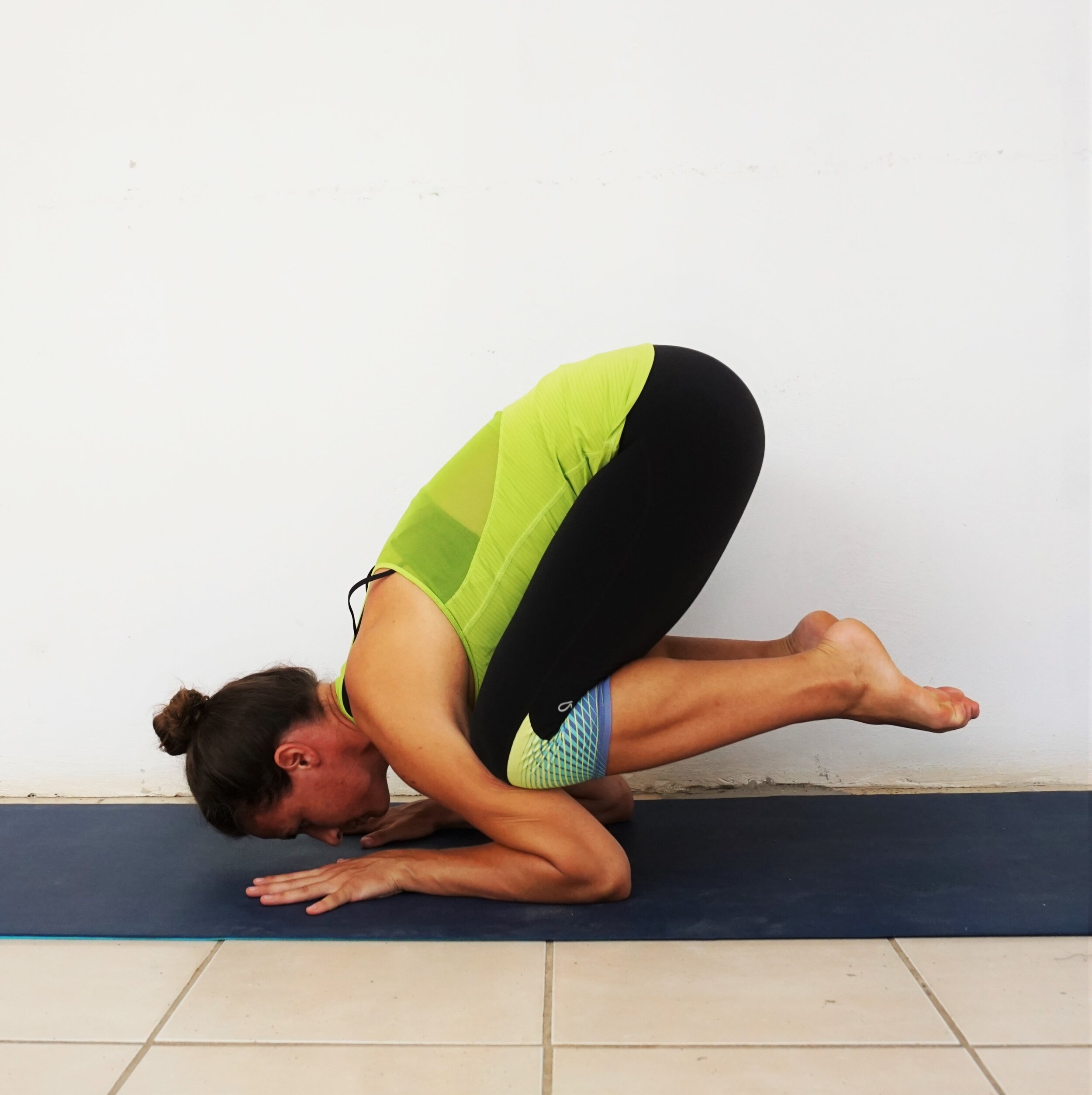What is the Difference Between Crow Pose / Kakasana and Crane Pose / Bakasana
Crow Pose and Crane Pose- don’t they both mean Bakasana?
Bakasana is an arm balancing pose often used and accepted as a general term for Crow and Crane Pose. Although these two yoga poses are seem quite similar, they are actually different. Do you know what the difference is?
The sanskrit word Bakasana translates into “Crane Pose.” When we are referring to “Crow Pose,” the appropriate sanskrit name is actually “Kakasana.”
Similarities:
These postures are both arm balances where the palms of the hands are the only points of contact on the ground. The hands press into the floor as you tuck the knees in towards the body, lean forward and lift.
Differences:
Crow Pose or Kakasana requires bent arms, with a bend at the elbows above 90 degrees. Think of a crow being lower to the ground. Crow is the easier variation of the two and is best to master first before attempting Crane.
VS
Crane Pose or Bakasana requires straight arms (or with a very slight bend in the elbow). Think of a crane that has very long legs and is higher off the ground. Crane is a more difficult variation, which can be entered from Crow Pose or in a similar starting position except with the arms kept straight.
When discussing Side Crow, it is often referred to as Parsva Bakasana, which actually refers to Side Crane Pose- a much more difficult version where the arms are straight. The correct sanskrit term for Side Crow Pose is Parsva Kakasana.
Are you struggling with either Crow Pose or Crane Pose?
Try Karandavasana or Duck Pose. This is also known as Baby Crow Pose or Baby Kakasana (and sometimes mistakenly Baby Bakasana).
Duck Pose requires both forearms and hands planted as you tuck the knees into the chest, lean forward and lift. It can be much easier for those who still need to build up arm and shoulder strength for Kakasana. This pose is easier because you are closer to the mat and there is a bigger surface area (your arms and hands) to balance on.
With whichever bird you choose, we wish you happy flying!
xx
Yoga Alignment


